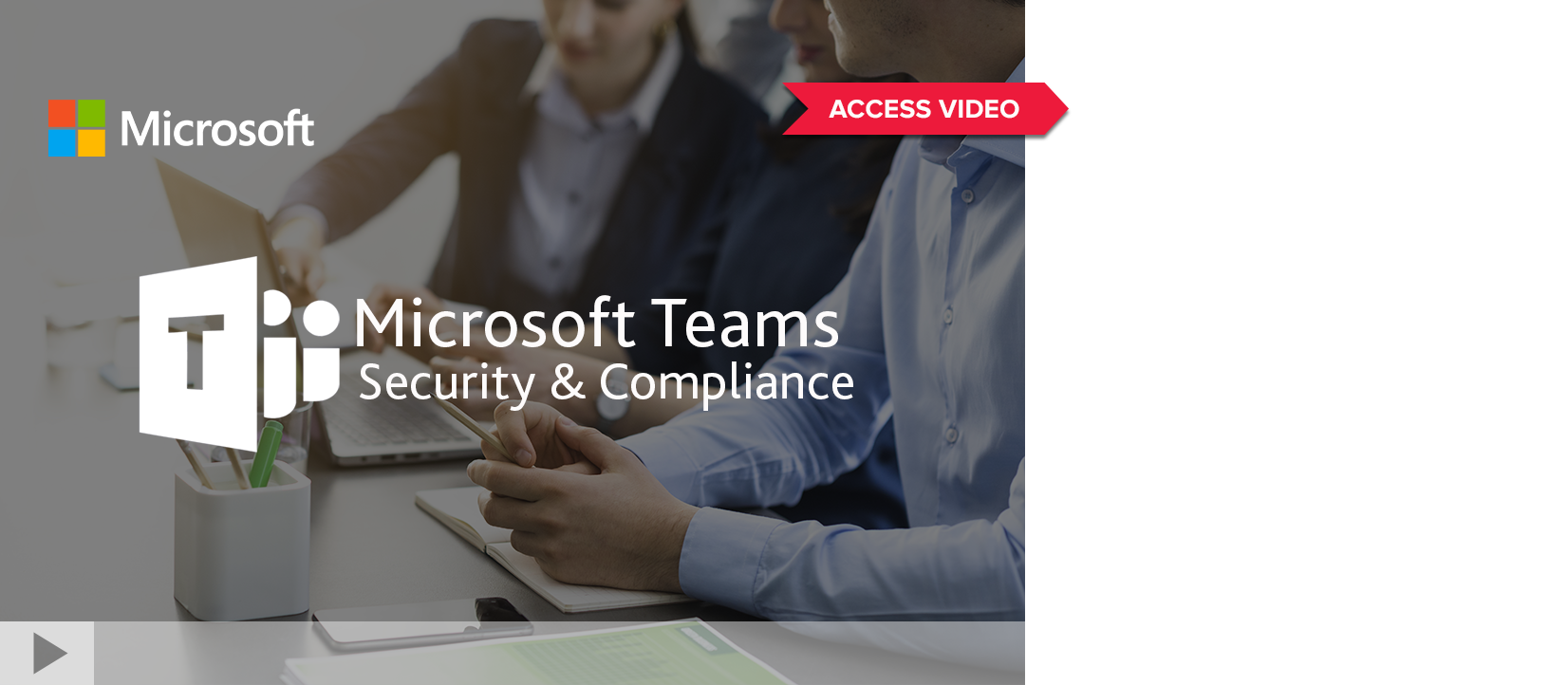Cybersecurity at a Crossroads: How to Stay Agile While Keeping Your Data Safe
Cybersecurity at a Crossroads: How to Stay Agile While Keeping Your Data Safe
In today’s world, it’s clear that managing security is a struggle for many organizations. With each passing minute, not only do the number of attacks increase, but the sophistication, scope, and aggressiveness also intensify, putting greater pressure on IT organizations to harden systems to counteract modern threats.
While we’re used to associating a cyberattack with a virus, Malware is no longer the only thing to worry about. In fact, 46% of compromised systems don’t have any malware on them at all. Today, the large majority (90%) of all security incidents are a result of human error – when an employee unwittingly gives away their system ID and access credentials to hackers.
To further complicate matters, today’s mobile workforce extends beyond the office and typical work hours. Whether it’s a lost device or a phishing attack, you can no longer assume a “wall” will keep hackers out. Spear-phishing, social engineering, ‘watering holes’, and insider knowledge/privileges are some of the fastest and most effective ways into your system, and you can be sure hackers are working around the clock to take advantage of the easiest target – your users!
Cybersecurity at a Crossroad
When it comes to managing internal threats from employees, IT organizations and business leaders are at a crossroads. It’s impossible to monitor each person’s every move (both in and out of the office) but revoking access to the latest technology that enables the modern workforce to communicate and collaborate isn’t a realistic option either.
This perceived inability to manage modern threats have led organizations to resolve to one of two beliefs 1) my company is too small for a hacker to want to go after 2) if the Targets of the world are getting breached, then what’s the point in even trying.
When you consider the many layers of financial setbacks your business would endure from an attack, it’s easy to see that this is a dangerous attitude to have:
- Labor costs to analyze breach, reinstall software and recover data
- Cost relating to system downtime (employee productivity and lost sales)
- Legal costs
- Loss of competitive edge from the release of proprietary or sensitive information)
- The cost of paying off a ransom (ransomware on the rise for midsize businesses)
- And perhaps the greatest risk of all, the loss of reputation or customer trust
According to Microsoft, a data breach will cost the average company about $3.8 million – and small and midsize organizations (SEMs) remain a major target. The reality is that SMEs face the same risks as larger corporations, but in the absence of big corporation’s large cybersecurity budgets, they face an uphill battle to address these challenges. Cybercriminals are looking for the path of least resistance, and they know small and midsize businesses have more vulnerabilities exposed – especially when it comes to those high-value targets, such as payroll and invoicing.
Given this new reality, it’s clear something must be done. But how do you stay agile and competitive, while keeping your data, tools, and resources accessible to employees?
It IS Possible to Defend Against Modern Threats
It’s true – you can never be 100% secure from every existing or emerging threat, but that doesn’t mean that the next best thing is to wait until it’s too late. With all the attention around devastating security breaches – both in large and small organizations – we’re beginning to see more organizations take a proactive approach to modern security assessment, like investing in comprehensive checklists, vulnerability/penetration testing, and risk-based assessments.
But even with these new approaches, small and midsize organizations struggle to have the time and budget to invest in these comprehensive security models. And even if they were to be able to identify every security gap, where do you go from there?
Fortunately, more service providers are emerging that understand the needs of midsize companies and can help bridge the skill gap. In our next blog, we’ll explore a new kind of defense we’re calling “Managed Defense” that’s enabling midsize organizations to enhance capabilities, expand coverage, and benefit from the collective expertise of a managed services provider can help you build a strong defense in today’s ever-changing threat landscape.


SHARE